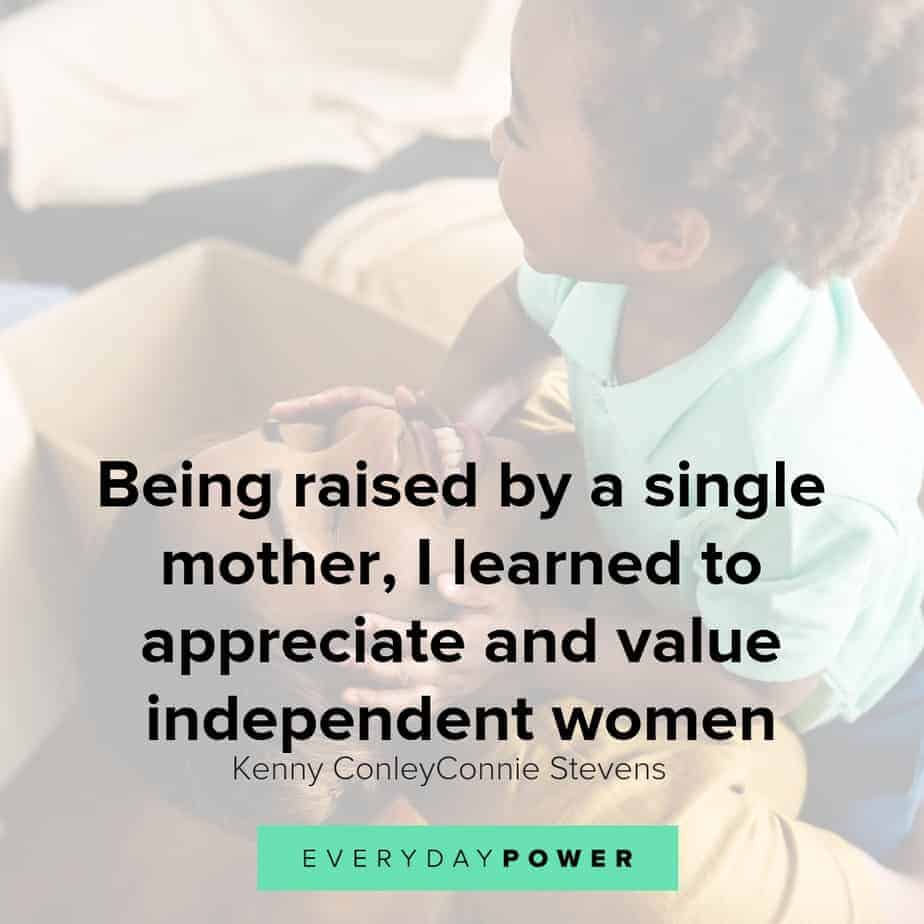In today’s rapidly changing society, family structures are evolving in ways that differ significantly from past generations. One of the most notable shifts is the increasing prevalence of single motherhood. Are there more single mothers than married mothers today? While married mothers still form the majority in many regions, the gap between single and married mothers is narrowing.
Understanding these trends is crucial for individuals and policymakers alike. Motherhood, whether single or married, plays a pivotal role in shaping societal dynamics, child development, and economic structures. As the number of single mothers rises, the way society views family, work, and support systems must also adapt.

Current Statistics on Single Mothers vs. Married Mothers
The question “Are there more single mothers than married mothers?” may seem simple, but the answer is nuanced. While married mothers still account for the majority of mothers globally, the percentage of single mothers has been steadily increasing over the past few decades, especially in certain regions.
Global and National Data Overview
- United States: In the U.S., single motherhood has seen a significant rise. According to the U.S. Census Bureau, in 2021, about 15.8 million children lived in single-mother households, representing 23% of all households with children. In contrast, married couples with children accounted for 66%, but this percentage has been steadily decreasing.
- United Kingdom: In the UK, the number of single-parent families (predominantly led by single mothers) reached 2.9 million in 2021, accounting for nearly 14% of all families with dependent children, according to the Office for National Statistics (ONS).
- Canada: As of 2021, about 1.56 million children (21% of all children) in Canada live with single mothers, based on data from Statistics Canada. Married mothers remain the majority, but the number of single mothers is growing each year.
- Other Countries: Many European countries, such as Sweden and France, also show a growing trend of single motherhood. Sweden has one of the highest rates of single-parent households in Europe, with 25% of children living with only one parent.
Trends Over the Past Few Decades
The rise of single motherhood is not limited to any one country or region. Across the world, divorce rates, changing social norms, and increased acceptance of non-traditional family structures have contributed to a steady increase in the number of single mothers.
According to Pew Research, in the U.S., the percentage of births to unmarried women rose from 5% in 1960 to nearly 40% by 2020. This dramatic shift illustrates how society’s views on marriage, parenthood, and relationships have changed, allowing more women to either remain unmarried while raising children or to pursue single motherhood by choice.
The following table summarizes the growth of single-parent households (predominantly single mothers) in select countries:
| Country | % of Single-Mother Households (2021) | % of Married-Mother Households (2021) |
|---|---|---|
| USA | 23% | 66% |
| UK | 14% | 68% |
| Canada | 21% | 72% |
| Sweden | 25% | 65% |
As seen in the table, married mothers still make up the majority, but the gap is closing in several regions, particularly in countries with progressive social norms and supportive welfare systems.
Key Sources for Motherhood Statistics
Some of the best resources for exploring data on single vs. married mothers include:
- U.S. Census Bureau: Provides annual data on family structures, including the rise of single-parent households.
- Pew Research Center: Offers in-depth studies on social trends, including marriage and family dynamics.
- Office for National Statistics (UK): Regularly updates data on family structures and parenting trends in the UK.
- Statistics Canada: Publishes extensive reports on family demographics, including single-parent and married-parent households.
Who Is Considered a Single Mother vs. a Married Mother?
Now that we’ve examined the current statistics and trends, it’s essential to clarify what defines a single mother versus a married mother. Understanding these definitions helps explain the variations in data and societal perceptions surrounding these groups.


